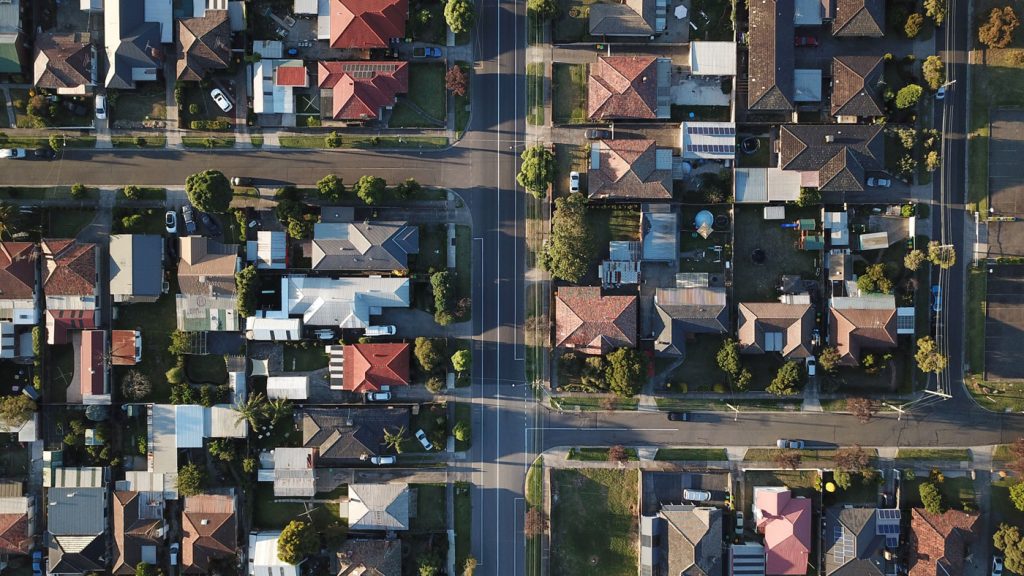Wildfires are a natural process in the ecosystem of B.C. As forests get older, woody debris, dead limbs and fallen trees act as natural fuel for flames that naturally eliminate the build-up of forest litter. But unfortunately, homes along the Wildfire Urban Interface (WUI) are also fuel. This doesn’t have to be the case in your community, though, because there are many ways to protect your home.

For communities developing modernized homes, now is the time to make sure wildfire safety is built into the plans. Considerations of construction materials—and the placement of features like vents, dormers or porches—can ensure your house is protected. The FireSmart Home Development Guide is a great source of information to help developers integrate fire-ready solutions into their designs.
If your house or business building is in an established neighbourhood, a simple FireSmart Home Assessment is a great way to find out what kind of fire-ready improvements and renovations can be made. It may be your roof, siding or gutters that will most likely to add fuel to a fire, but a simple assessment can show you where risks can be eliminated or decreased.
Landscaping is also critical to the safety of homes along the WUI, and getting to know the priority zones can help homeowners and developers find out where is safe to plant and where is better to prune. This is one of the most important areas to address, and you can find out more on our Vegetation Management page.
As a community, however, everyone has to play a part in becoming FireSmart. Performing assessments of road access, water supply, and placement of utilities are just as important as taking steps to protect your home. And when everyone works together to implement these disciplines, they’ll be more likely to withstand flames instead of fan the flames of wildfires.
